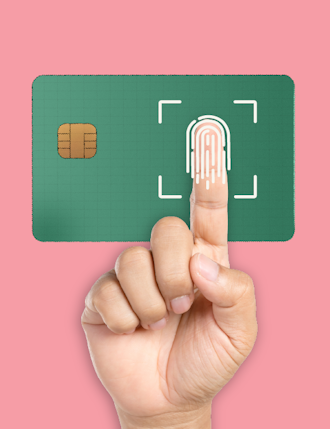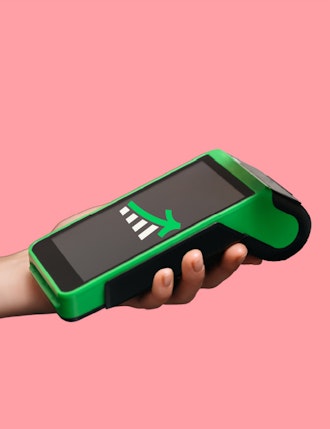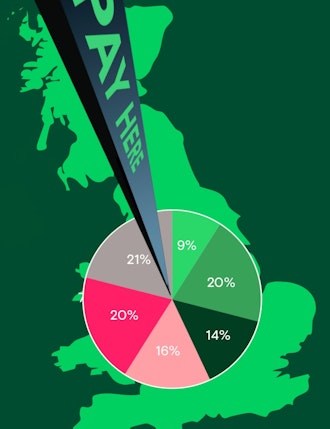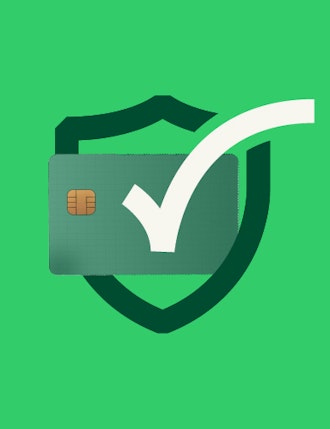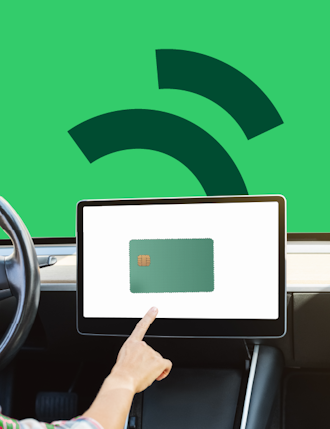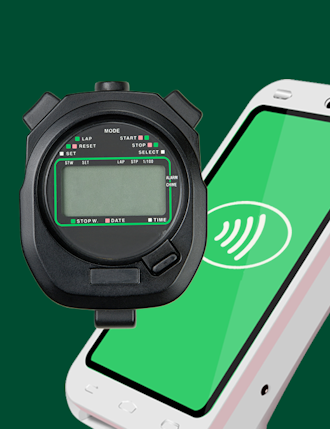Key Insights
-
Buy Now Pay Later (BNPL) has gone mainstream, and open banking plus regulation are shaping its future. For merchant-serving businesses, the opportunity is higher conversion and bigger baskets, provided BNPL is delivered responsibly, with compliance built in.
-
BNPL works differently from credit cards: fixed, short-term installments versus revolving credit lines. That changes costs, access, and risk profiles for merchants and customers alike.
-
BNPL users skew younger and “thin-file.” Merchants increasingly encounter shoppers with little traditional credit history, making real-time risk checks essential.
-
Open banking is the catalyst for safer BNPL. Real-time data enables instant approvals, fairer limits, and stronger fraud prevention, keeping repayments predictable.
-
Regulation is catching up fast. From the CFPB in the US to the FCA in the UK and EU’s Consumer Credit Directive, BNPL is being regulated like credit, which makes orchestration the simplest way to give merchants compliant BNPL at scale.
Don't have time to read more now? Sign up to our newsletter to get the latest insights directly in your inbox.
You’re standing at the checkout, phone in hand. Do you tap your card? Reach for your wallet? Or hit that tempting button that says: Buy Now, Pay Later?
For millions of shoppers, BNPL has become another normal way to pay. Chopping a big payment into bite-sized installments, turning a “maybe later” into a “yes, today” is certainly attractive to consumers, and for your merchants, fuller baskets and fewer abandoned carts makes BNPL equally attractive too.
But behind BNPL lies an entire ecosystem of real-time data, open banking connections, and fast-moving regulation. Together, they’re reshaping how credit works and how payments are funded, not to mention how consumers think about spending.
So, how does it all fit together, and where is BNPL headed next? Also, what does the popularity of BNLP mean for you and your merchants? Let’s dive in…
How BNPL works
At checkout, BNPL now sits alongside cards, wallets, and bank transfers, both online and in-store. Shoppers select a provider, verify their information, and walk away with their purchase without paying in full upfront.
Here’s the typical BNLP flow:
- Checkout - choose BNPL as the payment method.
- Approval - providers run real-time risk checks, often powered by open banking, to decide in seconds.
- Payment - the first installment is usually due immediately, with the rest scheduled weekly or monthly.
- Repayment - most plans auto-debit from a linked card or account; missed payments trigger late fees and reduced future access.
For merchants, the benefits are clear: higher conversion rates and bigger baskets, because customers without cards or liquidity at hand can still complete their purchase.
(For a more thorough explanation of how BNPL works and the pros and cons for you and your merchants, check out our article BNPL Unwrapped)
That naturally leads to the question: how does BNPL compare to the credit card in your pocket?
BNPL vs credit cards
Both BNPL and credit cards offer short-term credit, but the structures, and their impact on consumers and merchants, differ. Here’s how:
Feature
Credit type
Interest/fees
Repayment
Access
Channels
BNPL
Fixed installments
Often interest-free; late fees may apply
Equal installments; upfront payment common
Appeals to younger, thin-file users
Embedded at checkout
Credit cards
Revolving line
Interest accrues on balances; annual/other fees
Flexible monthly bill
Broader, stricter underwriting
Global acceptance
So what exactly does this tell us? In short, BNPL gives shoppers fixed-term installments, usually interest-free if they pay on time, while credit cards provide a flexible, revolving line of credit that comes with wider acceptance and rewards, but also higher costs if balances are carried.
Credit cards remain dominant when it comes to global acceptance. Networks like Visa and Mastercard are accepted at tens of millions of merchant locations in over 200 countries. They also typically offer rewards and flexibility, such as cashback, loyalty points or travel perks.
However, those advantages can carry significant costs: advertised U.S. credit card APRs are often in the 20–25% range, meaning balances carried month to month can quickly become expensive.
"Thanks to the integration of BNPL with A2A, there is no need to introduce another element into the ecosystem, a practice that was previously ensured by payment cards, often burdened with additional fees."
Miroslav Pekárek, CPO, Aevi
Who uses BNPL?
The feature comparison shows us structures, but who’s actually using BNPL? That’s just as important, because it explains both the speed of growth and the risks your merchants need to be aware of.
- In the US, around 86.5 million people (26% of the population) used BNPL in 2024.
- In the UK, 42% of adults have tried BNPL, with about a third using it in the past year.
- Younger groups dominate: 63% of Millennials and 56% of Gen Z have used BNPL, compared to far lower uptake among older generations.
- Many of these shoppers have what’s known as a “thin credit file” - very little traditional credit history, making BNPL an easier route to short-term credit than a card.
Globally, this demand is met by familiar names: Klarna in Europe, Affirm in the US, Afterpay in Asia-Pacific, and PayPal Pay in 3/Pay in 4 embedded in wallets.
For merchant-serving businesses, knowing the profile of who uses BNPL is critical. It helps you advise merchants on which BNPL providers to integrate, anticipate repayment behaviors, and design checkout flows that boost conversion without exposing merchants to unnecessary risk.
And this is where open banking steps in - helping BNPL providers serve these demographics more responsibly.
The open banking catalyst
If younger, ‘thinner-file’ consumers are driving BNPL’s growth, the question becomes: how can providers serve them responsibly without opening the floodgates to fraud and default? This is where open banking makes the difference.
By accessing real-time bank data (with customer consent), BNPL providers can move beyond static bureau scores and bring live affordability checks into the checkout. That means they can:
- Verify balances and income to set realistic, personalized limits.
- Assess obligations like rent, utilities, or other loans to prevent over-extension.
- Spot stress markers such as overdrafts, late bills, or volatile income before approving.
For consumers (especially younger ones), this means faster approvals and credit limits that better reflect their reality. For merchants, it means fewer failed repayments, stronger conversion rates, and reduced fraud exposure.
Fraud prevention also benefits. Open banking enables:
- Stronger customer authentication (SCA) and step-up checks when risk flags appear.
- Name-matching and account ownership verification to stop mis-use.
- Velocity monitoring to detect bot attacks or multiple rapid attempts.
For a more detailed look at what open banking means for the payments industry, check out our article.
So why does open banking matter to merchant serving businesses?
Open banking makes BNPL more predictable and sustainable. By reducing fraud, failed collections, and over-extension, PSPs, ISOs, and acquirers can give merchants confidence that BNPL is both boosting sales in the short term, and delivering repeatable, safe revenue in the long term.
BNPL regulation in the US, Europe, and the UK
BNPL has grown so quickly in the US that regulators now treat it as credit in everything but name. The Consumer Financial Protection Bureau (CFPB) has moved to give BNPL borrowers protections similar to credit cards, including clear disclosures, dispute rights, and limits on fees. State-level laws, such as licensing and caps in California, add another layer of oversight.
Across the Atlantic, the UK’s Financial Conduct Authority (FCA) is preparing a full BNPL regime, with affordability checks, fair marketing rules, and redress via the Financial Ombudsman. In the EU, updates to the Consumer Credit Directive are bringing pre-contract disclosures, standardized credit checks, and harmonized rights across member states.
The direction of travel is clear: BNPL is being regulated like credit. Providers must prove affordability and show costs upfront, as well as ensure data is shared fairly with credit bureaus.
Merchants must display compliant offers, disclose terms clearly, and handle disputes in line with evolving rules.
This is where payment orchestration matters. With Aevi’s platform, BNPL can be delivered as part of a broader payments strategy, with compliance, regulation, and security standards built in. That means PSPs, ISOs, and acquirers can help merchants embrace BNPL with confidence, knowing the regulatory heavy lifting is handled behind the scenes.
For a full low-down on orchestration, check out our article: ‘What is payment in-person orchestration?’.
Thoughts on the future of BNPL (and what your merchants need next from you)
Your merchants need both access to BNPL and clarity on which providers to trust.
That’s where orchestration changes the game. With Aevi, BNPL becomes part of a connected payments strategy - one where you can route to the right providers, manage risk, and keep compliance built in. No bolt-ons. No blind spots. Just BNPL that works, wherever merchants need it.
In short, your merchants need you to treat BNPL as part of your wider payments ecosystem.
Ready to make BNPL work for your merchants? With Aevi, you can deliver a BNPL solution that’s smooth and built for growth. Let’s talk.
Interested in reading more around this subject? Here are some useful articles…



